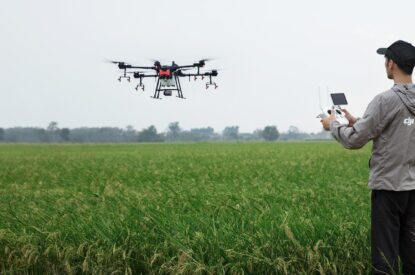CocoBear® Larvicidal Oil
| Weight | N/A |
|---|---|
| Dimensions | N/A |
| Length of Control | Single Brood |
| Formulation type | Liquid |
| IRAC Mode of Action | Suffocant/Physical |
| Active Ingredient | Mineral oil |
- High performance larvicidal oil without a heavy reliance on petroleum oil
- Works fast on larval and pupal stage mosquito populations
- Stable formulation – no crystallization, separation or settling
- Light coconut and soap odor
- Non-flammable product
- 3-5 gallons/acre application rate
- Patented formulation developed by and available exclusively from Clarke

Product Details
About CocoBear®
Larvicidal oils. They are one of the simplest mosquito control tools available…yet they are also the most overlooked. Effective and easy to use, they control mosquito larvae and pupa through suffocation when applied to the surface of a water site with mosquito breeding. Larvicidal oils first came into use in the 1950s in the form of diesel fuel and kerosene. But with the introduction of CocoBear® from Clarke, there is a superior choice!
CocoBear®, a patented formulation, was in development for three years at Clarke before it was commercialized. We were driven by the objectives of creating a consistent, high-performance larvicidal oil without heavy reliance on petroleum oil.
- Highly effective larvicidal oil
- Works fast to control mosquito larvae and pupa
- Physical control method – no resistance development
Applying CocoBear
CocoBear can be applied at 3-5 gallons per acre to the surface of standing water in specific habitats, such as drainage sites, ditches, open sewage basins, marshes and standing water on irrigated cropland. Please refer to the label for a complete list of application sites.
Cocobear applications leave a thin film of product on the surface of treated, non-flowing water sites. This film kills mosquito larvae and pupae by suffocation and prevents mosquitoes in the aquatic life cycle stages from hatching into flying, biting adults.
Cocobear can be applied by hand can, by truck/ground or by air. As with some other larvicidal oils, caution needs to be taken to avoid drift onto desirable vegetation, as leaf burning / discoloration has been observed in some trials. Please refer to the product label for specific application and drift management guidance.




